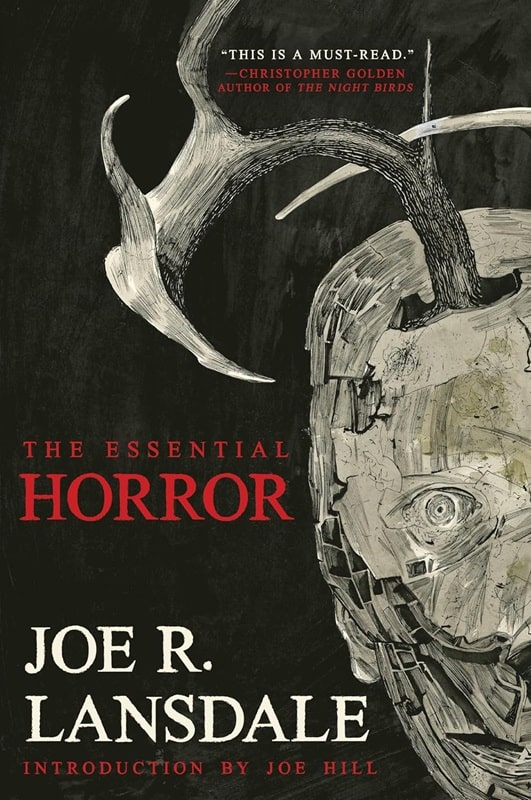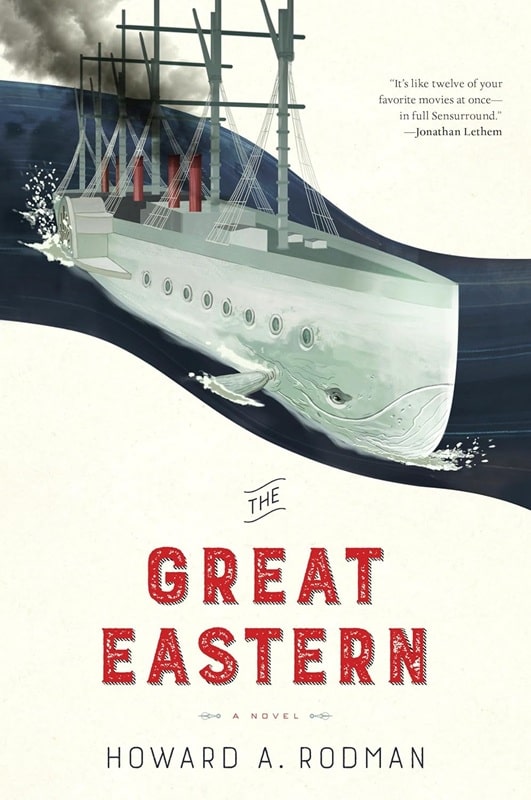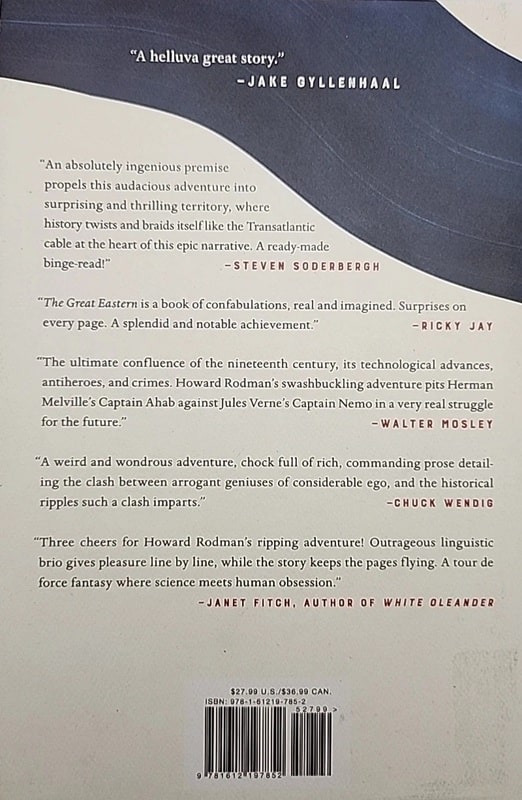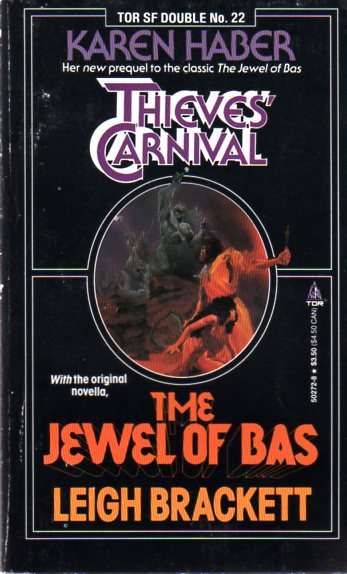Red Shoes Go Rogue! Read All About It in Rouge by Mona Awad
 |
 |
Rouge by Mona Awad (Simon & Schuster, August 1, 2024). Cover uncredited
Red footwear is a powerful metaphor in folklore and fantasy. Dorothy clicked her red slippers to go home. (Yeah, I know, the slippers were silver in the Baum book, and only became red as a better fit with new Technicolor filming, but stay with me here.)
Let’s go back to the Hans Christian Andersen fairy tale The Red Shoes in which Karen is given a pair of red shoes as (it turns out) an inappropriate confirmation present; the shoes stay stuck to her feet and force her to dance incessantly to the point where the only remedy is to cut off her feet. The story forms the basis of the British film, also called The Red Shoes, in which a ballerina dancing in red shoes commits suicide. The film inspired the Kate Bush song (you guessed it) The Red Shoes.









